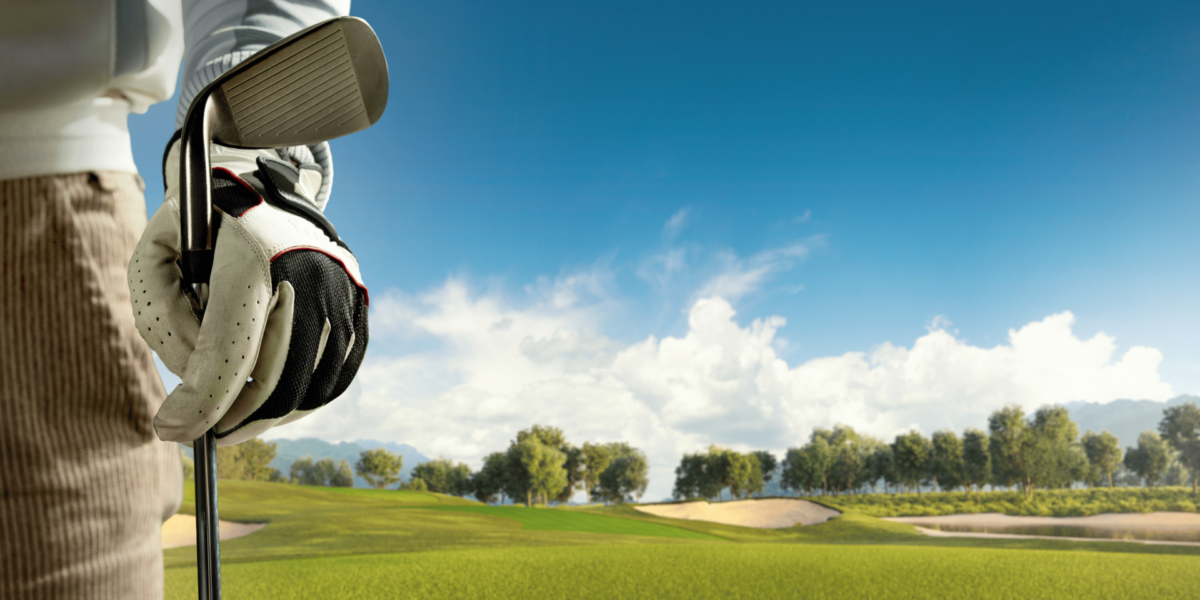The Clubhouse Sets the Tone for Golf Culture
Every golf day begins and ends at the clubhouse. It is not just a building. It sets the tone for how players interact and behave. The atmosphere inside reflects the values of the course. From how people speak to how they dress, the space influences the rhythm of the round.
Respect Begins at the Entrance
Walking into the clubhouse carries an expectation of awareness. Conversations stay measured. Phones remain on silent. Doors close quietly. Members acknowledge staff and guests. The way players carry themselves shows respect for others who share the space.
Dress Codes Reflect Shared Standards
Clothing choices follow clear guidelines, even if not posted at the door. Collared shirts, neutral colors, and proper footwear show preparation. Players read the room and match its formality. Adhering to dress codes isn’t about fashion—it’s about signaling respect for the traditions of the game.
Quiet Signals Courtesy in Shared Spaces
Inside lounges, locker rooms, and dining areas, volume matters. Players hold conversations that suit the environment. Loud remarks, disruptive laughter, or abrupt movements break the rhythm of the clubhouse. The setting asks for measured behavior, especially during peak hours.
Punctuality Matters on and Off the Course
Arriving on time for a tee time reflects more than personal discipline. It respects the schedule of everyone involved. When players arrive late, others adjust. In the clubhouse, showing up for meals, meetings, or matches on time holds equal importance. Timeliness keeps the day smooth.
Staff Interaction Shows Course Awareness
How players treat clubhouse staff reveals their understanding of club culture. Greeting servers, acknowledging maintenance crews, and following protocol at the pro shop build mutual respect. Members who value the people behind the scenes contribute to a stronger community.
Conversations Hold an Unspoken Filter
Golf club conversations stay focused. While topics vary, tone and timing matter. Players avoid divisive subjects and choose words carefully. In casual settings like locker rooms or terraces, the unspoken rule is simple: speak in a way that welcomes everyone to stay in the room.
Body Language Communicates as Clearly as Words
Posture, gestures, and eye contact carry weight in the clubhouse. Players who move confidently, greet others, and make space for guests build trust. Sitting with purpose and listening attentively speaks louder than anything shouted across a room.
Mobile Device Use Stays Limited
Phones remain out of sight in most clubhouse areas. Players step outside to take calls or check messages. Screen time doesn’t dominate tables or locker benches. This rule isn’t always written, but it is widely followed. The focus stays on presence and connection.
The Clubhouse Builds Identity Through Action
The unwritten rules of the clubhouse shape how members see each other and the club itself. These behaviors build trust, create rhythm, and preserve the course’s reputation. When players follow them, they reinforce the standards that keep the greens speaking with clarity and consistency.









